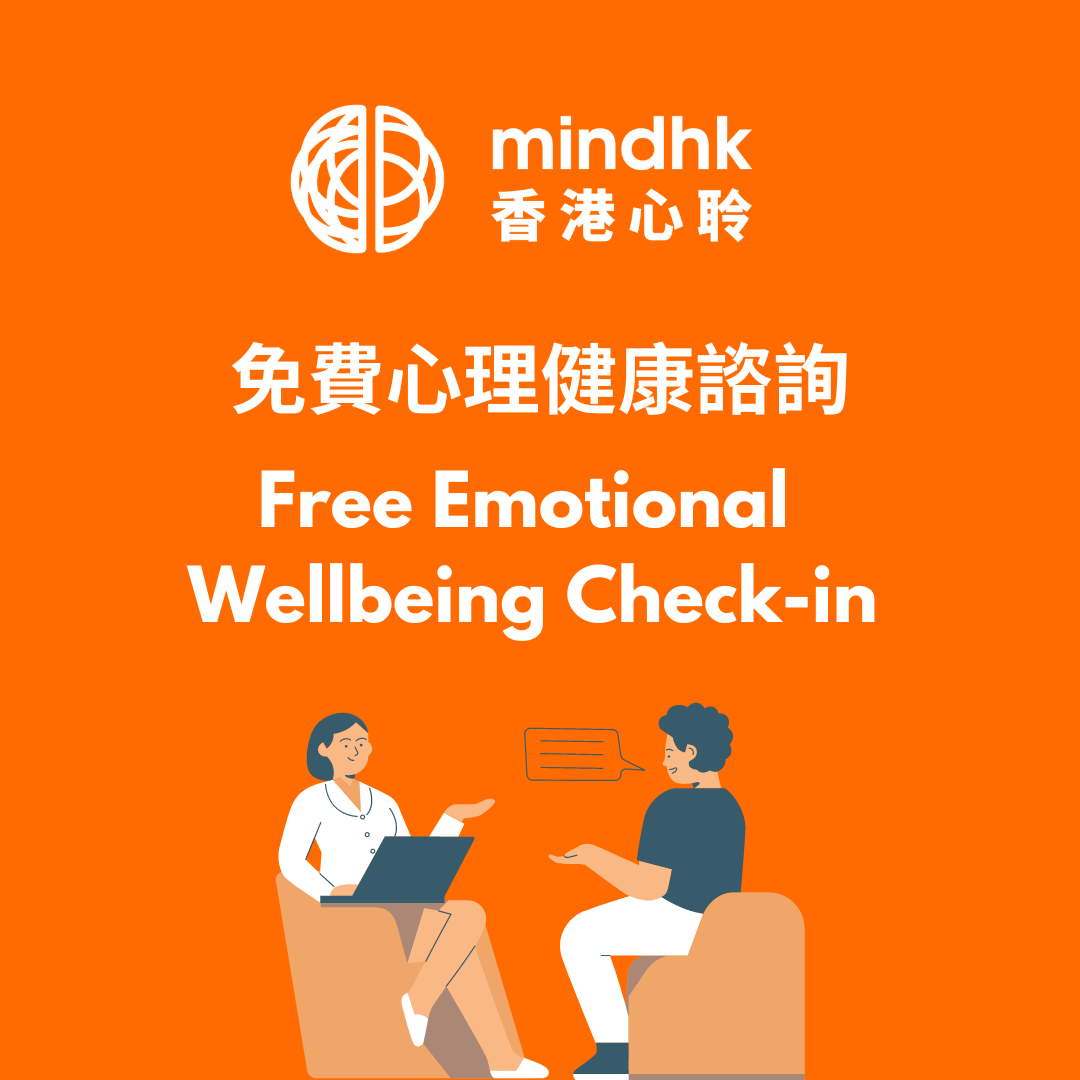What treatments can I get for anxiety?
The most common treatments that your family doctor might offer you for anxiety and panic disorders are:
- Talking treatments
- Self-help resources
- Certain types of medication (see ‘What medication is available for anxiety?’)
Talking treatments
Talking treatments (also known as counselling or therapy) are a process in which you work with a trained therapist to understand the causes of your anxiety, and to find strategies to manage it. There are lots of different types of talking treatments available, but the most commonly prescribed talking treatment for anxiety is Cognitive Behavioural Therapy (CBT), because there is reliable evidence that it can be effective.
CBT is a particular type of talking treatment which aims to identify connections between your thoughts, feelings and behaviour, and help you develop practical skills to manage these more positively (see our page on cognitive behavioural therapy).
“I was diagnosed with generalised anxiety disorder, depression and OCD traits. I had cognitive behavioural therapy for almost a year, which was very helpful.”
To access self-help resources:
- You can buy self-help workbooks from various bookshops and specialist organisations’ websites
- Your local library might be able to order certain self-help books for you to borrow for free
- Your family doctor might be able to prescribe you self-help resources
What other treatment options are there?
Applied relaxation therapy
Applied relaxation therapy involves learning how to relax your muscles in situations where you normally experience anxiety. Applied relaxation should be delivered by a trained therapist – usually for one session a week, over three to four months. Your family doctor is more likely to prescribe applied relaxation if you have generalised anxiety disorder (GAD) or agoraphobia (a kind of phobia).
Exercise on prescription
Family doctors can prescribe exercise for a variety of problems, including mental health problems. If your family doctor prescribes you exercise, they should refer you to a qualified trainer who can help set up an exercise programme that suits you.
How can I access these treatments?
The Public Sector
The first step is usually to talk to your family doctor, who can make an assessment and prescribe treatments. In some cases, you might be able to get referred for counselling.
The Private Sector
As waiting lists for treatments can be long in the public sector you might want to consider seeing a therapist privately – but be aware that private therapists charge for appointments.
Charities and Local Support Groups
There are a range of charities and local support groups who offer talking therapies to their members (see “Useful contacts”).




